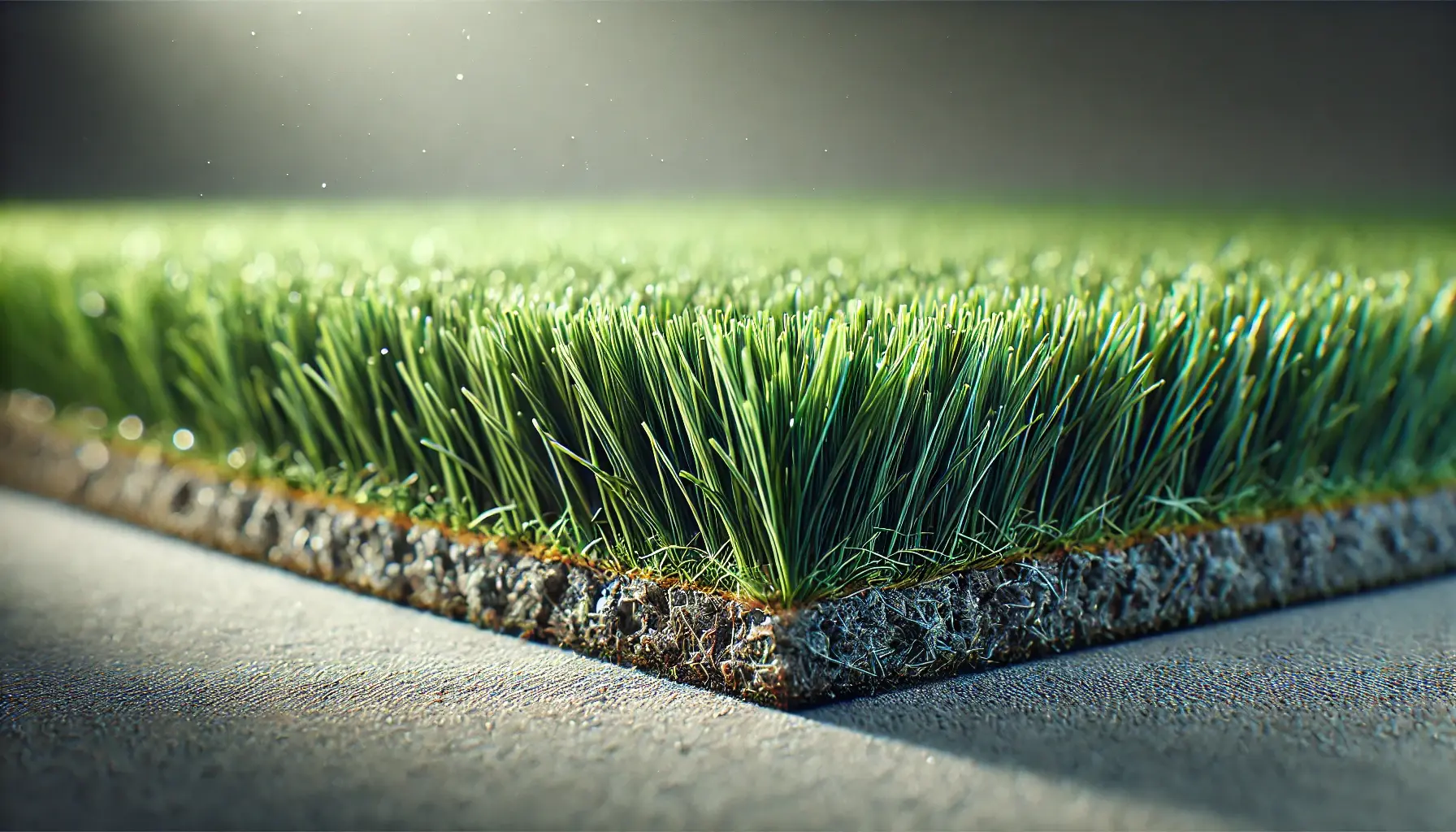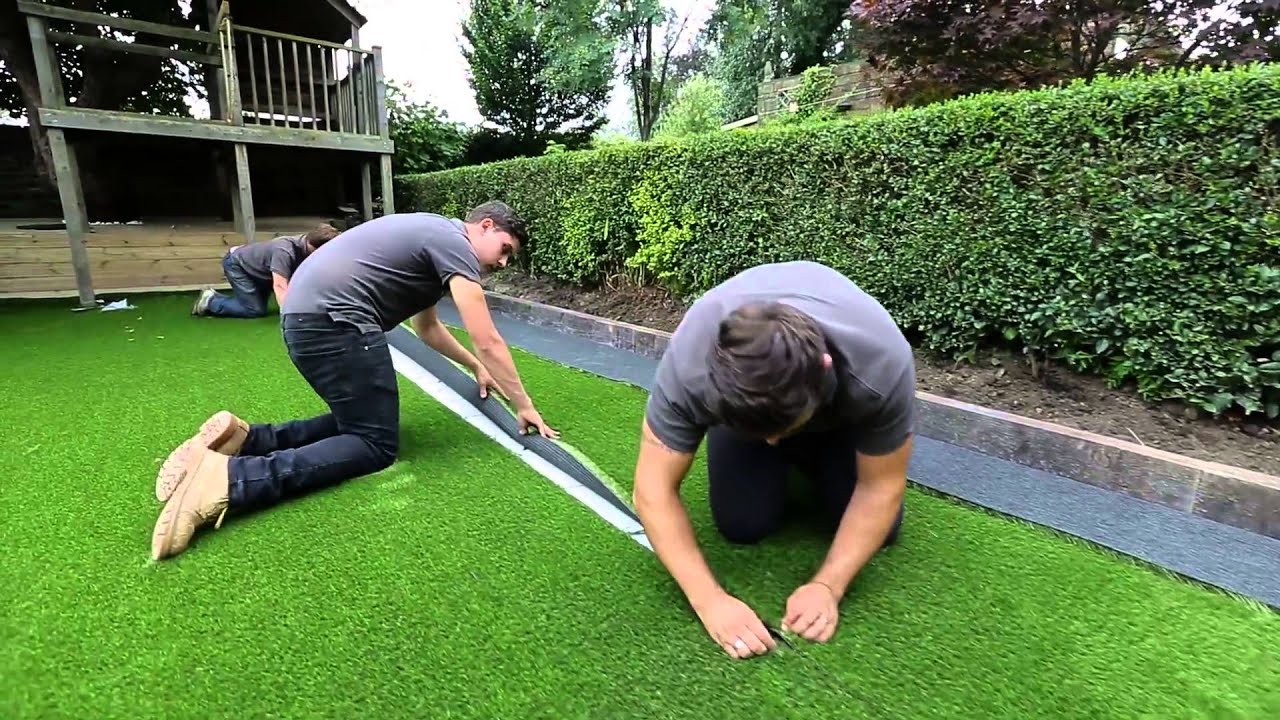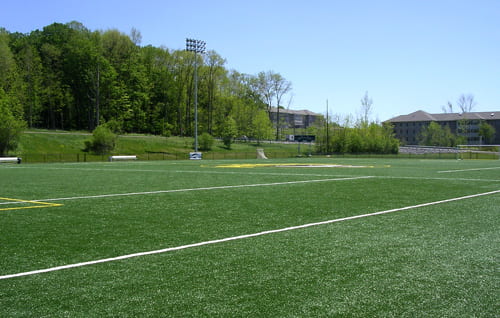Professional Arizona Turf Installation Solutions for Home and Commercial Use
Professional Arizona Turf Installation Solutions for Home and Commercial Use
Blog Article
See Why Homeowners Prefer Artificial Turf for Sustainable Landscape Design Practices
As homeowners increasingly prioritize sustainability in landscaping, synthetic grass has become an engaging option to standard yard. Its capacity to preserve water, lower upkeep efforts, and lessen environmental effect settings it as a useful choice for those seeking environmentally friendly options. The aesthetic appeal and versatility of artificial lawn provide to diverse style choices. Nevertheless, the implications of this change expand beyond mere ease and aesthetic appeals, prompting a closer exam of exactly how these choices affect wider environmental end results. What stays to be explored is the complete scope of advantages that man-made turf can use to property owners and the environment alike.
Water Conservation Perks
One of the most significant advantages of synthetic grass is its function in water preservation. In comparison, man-made lawn eliminates this demand completely, as it does not need irrigation.
Furthermore, the setup of man-made grass can add to a much more lasting landscape. Home owners can dramatically decrease their water costs, enabling reallocation of sources to various other environmental efforts or family uses. Furthermore, synthetic grass is designed to hold up against different climatic conditions without the need for supplemental watering, making it an ideal selection for areas dealing with water scarcity.
The ecological advantages expand past instant water savings. By reducing water intake, man-made grass helps to minimize the effects of climate adjustment, preserving vital ecosystems that are intimidated by excessive water extraction. As sustainable landscape design practices gain grip, man-made turf arises as a responsible selection for house owners seeking to develop environment-friendly outside rooms.
Minimized Upkeep Efforts
Synthetic grass substantially decreases upkeep efforts contrasted to traditional lawn yards. With artificial lawn, homeowners can remove the time-consuming jobs related to natural landscape design, such as mowing, feeding, and weeding. This not only saves beneficial time but likewise reduces physical labor, making yard treatment available for people of any ages.
Standard yards call for constant cutting to maintain a visually pleasing height, whereas man-made lawn continues to be continually lavish without the demand for reducing. Furthermore, home owners no much longer require to use chemicals or plant foods, which are commonly required to keep natural yard healthy.
Additionally, man-made grass is resistant and sturdy, needing very little upkeep past periodic brushing and washing to get rid of debris. This ease of maintenance permits home owners to appreciate their outside spaces without the consistent concern of upkeep, supplying even more time for recreation and family members activities. Ultimately, the minimized maintenance efforts related to synthetic grass make it an enticing choice for those seeking a low-maintenance, aesthetically appealing landscape.

Ecological Impact Reduction
There is a growing acknowledgment of the environmental advantages connected with synthetic grass, specifically in regards to water preservation and reduced chemical usage. Conventional yards require considerable amounts of water, particularly in drought-prone areas, bring about increased strain on local water resources. On the other hand, man-made lawn removes the demand for watering, significantly decreasing water usage and promoting sustainability.
Additionally, traditional lawn upkeep usually entails the application of plant foods, herbicides, and pesticides, which can add to dirt and water contamination. Synthetic turf mitigates this environmental threat by requiring minimal maintenance additional resources and basically getting rid of the requirement for hazardous chemicals. This not only boosts dirt health and wellness but likewise safeguards local ecosystems from poisonous overflow.
Furthermore, the production of all-natural turf lawns usually involves making use of fossil gas for cutting and landscaping tools, additional adding to greenhouse gas exhausts. By selecting man-made turf, homeowners can dramatically reduce their carbon footprint related to grass treatment tasks.
Visual Appeal and Versatility
In enhancement to its ecological advantages, synthetic grass uses considerable aesthetic allure and adaptability for landscaping. Home owners can achieve a rich, green appearance year-round, eliminating the seasonal fluctuations typically connected with all-natural lawn. This regular aesthetic not only enhances the aesthetic charm of a building yet likewise adds to a polished and properly maintained look.
Moreover, synthetic grass is offered in a variety of appearances, colors, and designs, enabling for customization to match individual preferences and layout themes - Arizona turf. Whether made use of in property gardens, industrial rooms, or entertainment areas, it can flawlessly integrate read this right into varied landscape design styles, from contemporary minimalist to lush tropical setups
The versatility of synthetic grass extends past plain appearance; it can be installed in various areas, consisting of rooftops, patios, and also interior rooms, producing opportunities for unique landscape design options. Furthermore, it appropriates for an array of tasks, from kids's backyard to pet-friendly atmospheres, giving capability without endangering style.
Inevitably, the aesthetic appeal and convenience of synthetic grass make it an eye-catching option for homeowners looking for sustainable landscape design services that do not give up charm for ecological responsibility.

Long-Term Cost Cost Savings
One of the most engaging benefits of artificial turf is its possibility for long-term cost financial savings. Unlike natural yard, which needs routine upkeep-- consisting of mowing, watering, fertilizing, and parasite control-- synthetic turf significantly decreases these continuous expenditures.
Additionally, man-made lawn has a life-span of 15 to 25 years, depending upon its quality and use. This longevity lessens replacement prices, making it a much more affordable option over time. The initial financial investment in artificial turf can frequently be redeemed with the savings accumulated over time.
While the click to read more upfront expense might seem greater contrasted to sod installment, the collective savings from minimized maintenance and water use often exceed these first expenditures. Eventually, the fostering of synthetic grass not just advertises a lasting landscaping option yet also uses home owners an economically smart alternative that aligns with long-lasting budgeting goals.
Final Thought
Artificial turf arises as an engaging choice for sustainable landscaping, providing significant benefits in water preservation, minimized maintenance efforts, and lessened environmental effect. As communities significantly focus on ecologically friendly techniques, the fostering of synthetic lawn stands for a modern step towards accomplishing resistant and lasting landscapes.
Furthermore, fabricated turf is designed to stand up to different weather conditions without the need for supplemental watering, making it an excellent selection for regions encountering water shortage. (Arizona turf)

Synthetic turf arises as an engaging choice for sustainable landscaping, supplying substantial benefits in water conservation, reduced upkeep efforts, and diminished environmental impact.
Report this page